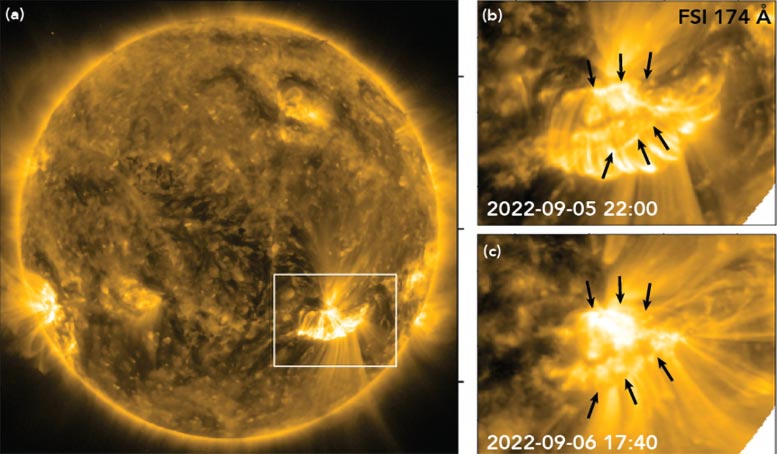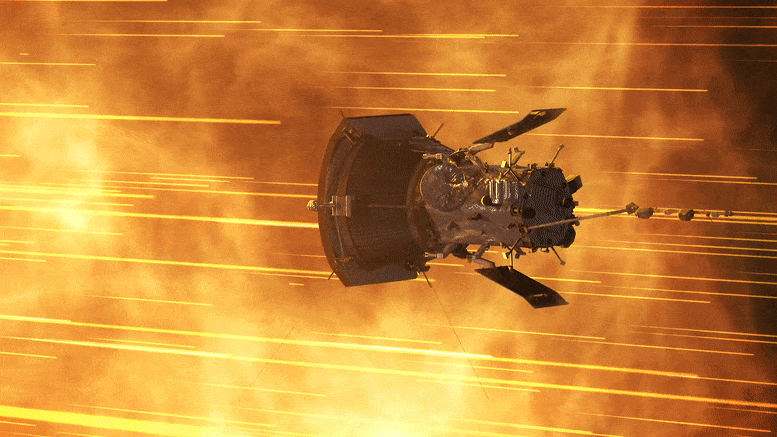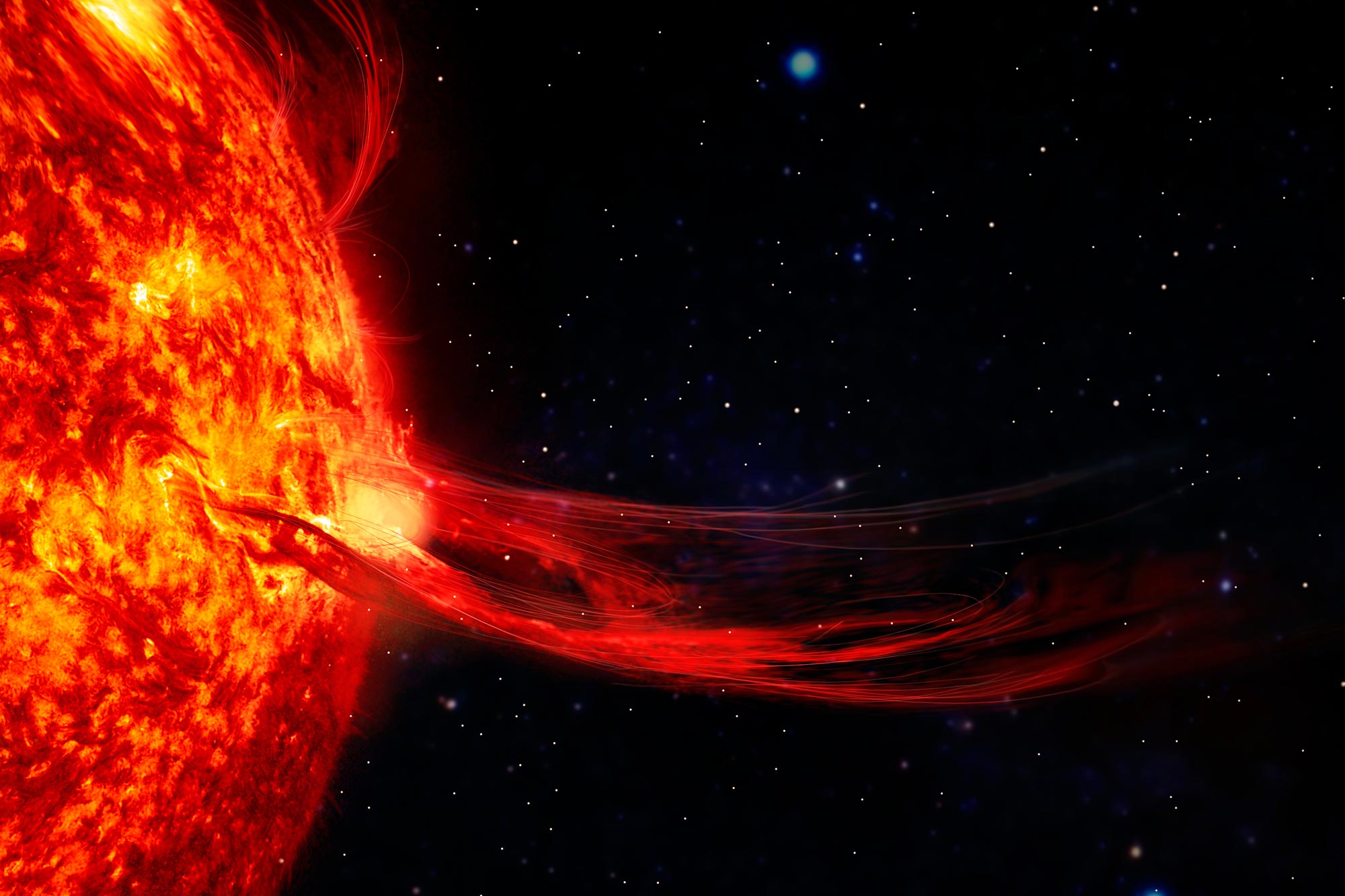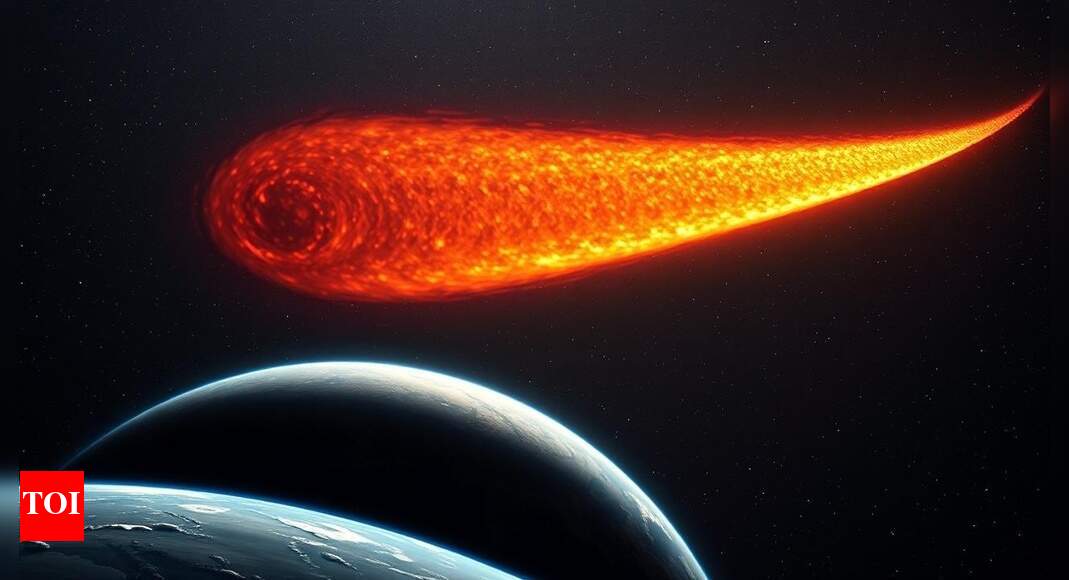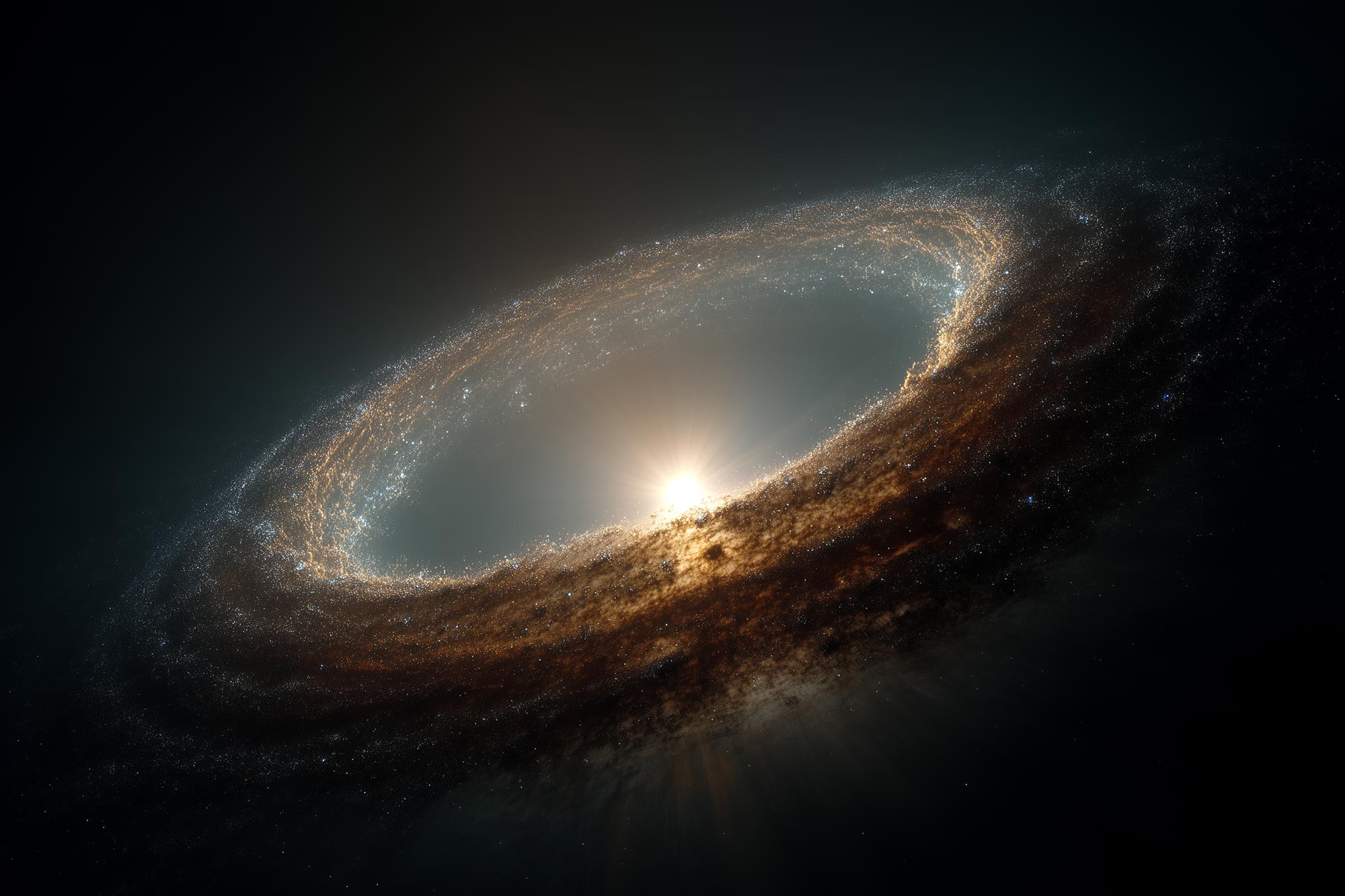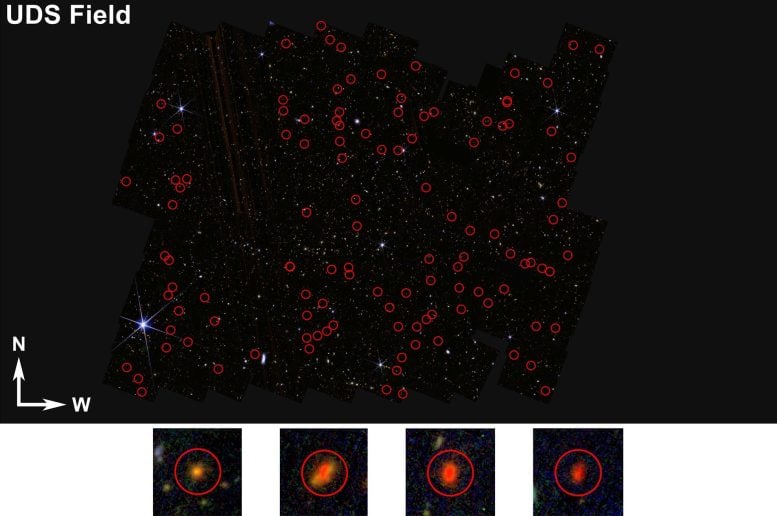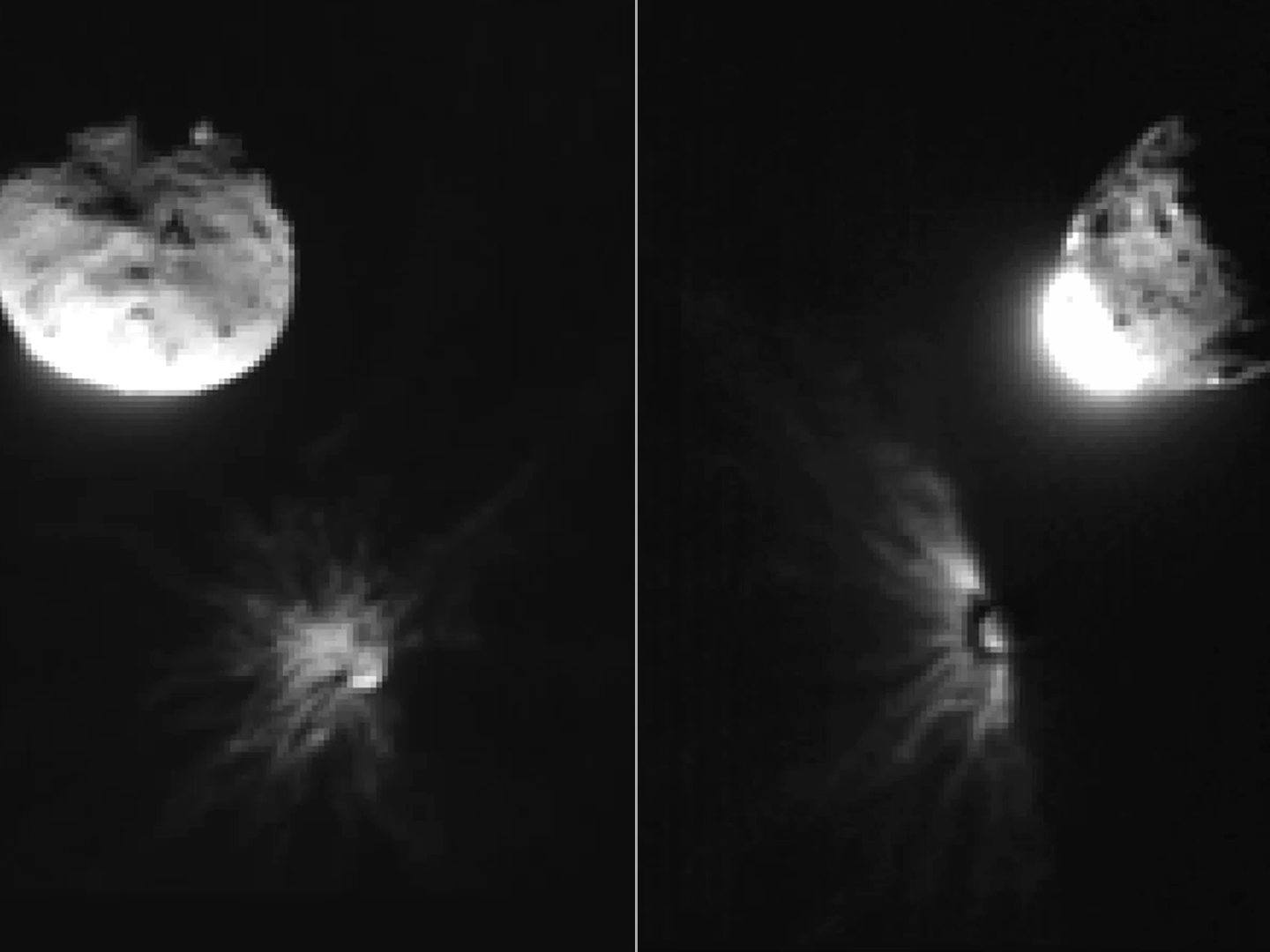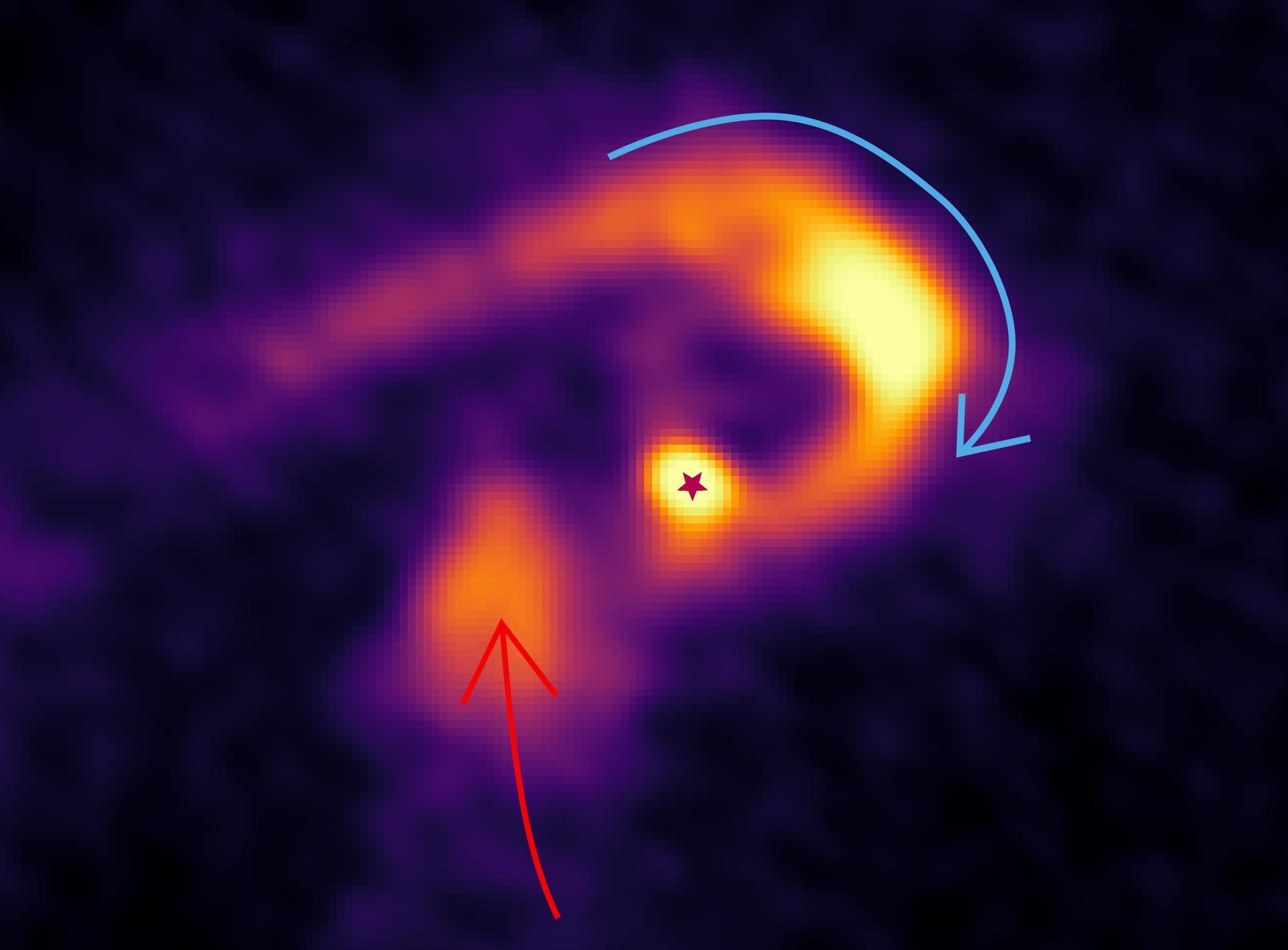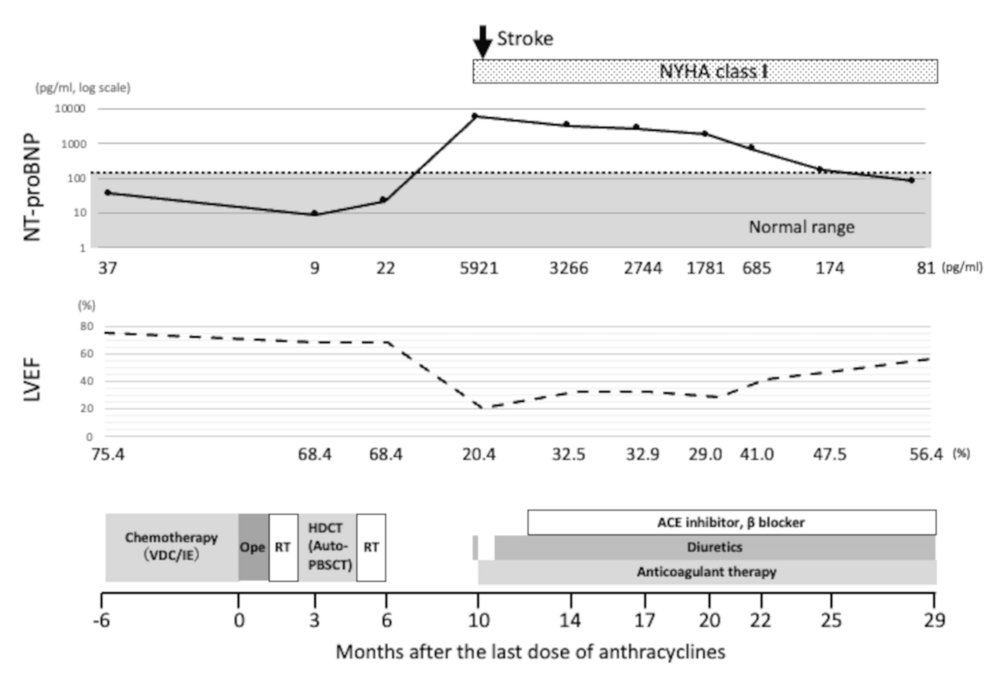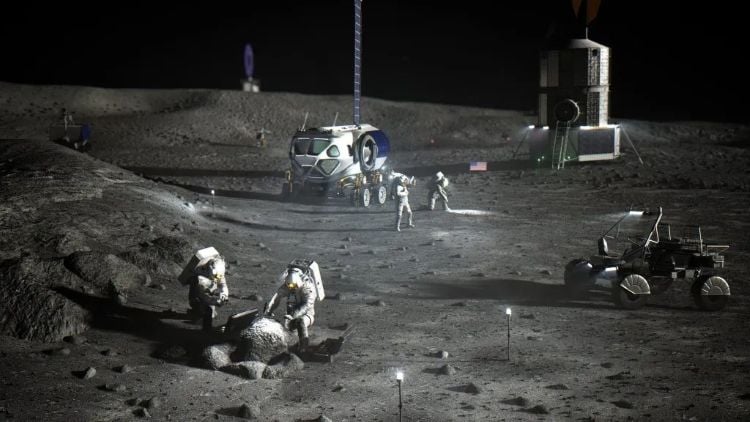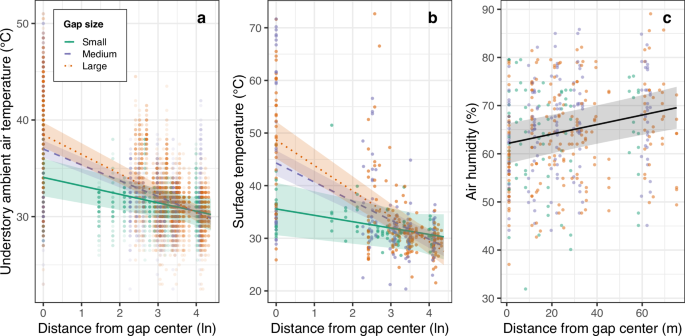Foley, J. A. et al. Amazonia revealed: forest degradation and loss of ecosystem goods and services in the Amazon Basin. Front. Ecol. Environ. 5, 25–32 (2007).
Google Scholar
Gardner, T. A. et al. Prospects for tropical forest biodiversity in a human-modified world. Ecol. Lett. 12, 561–582 (2009).
Google Scholar
Barlow, J. et al. The future of hyperdiverse tropical ecosystems. Nature 559, 517–526 (2018).
Google Scholar
Barlow, J. et al. Anthropogenic disturbance in tropical forests can double biodiversity loss from deforestation. Nature 535, 144–147 (2016).
Google Scholar
Bourgoin, C. et al. Human degradation of tropical moist forests is greater than previously estimated. Nature https://doi.org/10.1038/s41586-024-07629-0 (2024).
Lapola, D. M. et al. The drivers and impacts of Amazon forest degradation. Science 379, eabp8622 (2023).
Google Scholar
Lewis, S. L., Edwards, D. P. & Galbraith, D. Increasing human dominance of tropical forests. Science 349, 827–832 (2015).
Google Scholar
Malhi, Y., Gardner, T. A., Goldsmith, G. R., Silman, M. R. & Zelazowski, P. Tropical Forests in the Anthropocene. Annu. Rev. Environ. Resour. 39, 125–159 (2014).
Google Scholar
Costa, F. & Magnusson, W. Selective logging effects on abundance, diversity, and composition of tropical understory herbs. Ecol. Appl. 12, 807–819 (2002).
Google Scholar
Feldpausch, T. R. et al. Nitrogen aboveground turnover and soil stocks to 8 m depth in primary and selectively logged forest in southern Amazonia. Glob. Change Biol. 16, 1793–1805 (2010).
Google Scholar
Mollinari, M. M., Peres, C. A. & Edwards, D. P. Rapid recovery of thermal environment after selective logging in the Amazon. Agric. Meteorol. 278, 107637 (2019).
Google Scholar
Mills, M. B. et al. Tropical forests post-logging are a persistent net carbon source to the atmosphere. Proc. Natl Acad. Sci. USA 120, e2214462120 (2023).
Google Scholar
Burivalova, Z., Şekercioǧlu & Koh, ÇH. L. P. Thresholds of logging intensity to maintain tropical forest biodiversity. Curr. Biol. 24, 1893–1898 (2014).
Google Scholar
Putz, F. E., Sist, P., Fredericksen, T. & Dykstra, D. Reduced-impact logging: challenges and opportunities. Ecol. Manag. 256, 1427–1433 (2008).
Google Scholar
Boul Lefeuvre, N. et al. The value of logged tropical forests: a study of ecosystem services in Sabah, Borneo. Environ. Sci. Policy 128, 56–67 (2022).
Google Scholar
Malhi, Y. et al. Logged tropical forests have amplified and diverse ecosystem energetics. Nature 612, 707–713 (2022).
Google Scholar
Edwards, D. P., Tobias, J. A., Sheil, D., Meijaard, E. & Laurance, W. F. Maintaining ecosystem function and services in logged tropical forests. Trends Ecol. Evol. 29, 511–520 (2014).
Google Scholar
Michalski, F. & Peres, C. A. Biodiversity depends on logging recovery time. Science 339, 1521–1523 (2013).
Google Scholar
Nepstad, D. et al. Large-scale impoverishment of Amazonian forests by logging and fire. Nature 398, 505–508 (1999).
Google Scholar
Brando, P. et al. Amazon wildfires: scenes from a foreseeable disaster. Flora 268, 151609 (2020).
Google Scholar
Goldammer, J. G. Fire in the tropical biota — Ecosystem Processes and Global Challenges. 319–399 https://www.amazon.com/Fire-Tropical-Biota-Challenges-Ecological/dp/3642753973 (1990).
Morton, D. C., Le Page, Y., DeFries, R., Collatz, G. J. & Hurtt, G. C. Understorey fire frequency and the fate of burned forests in southern Amazonia. Philos. Trans. R. Soc. B Biol. Sci. 368, 20120163 (2013).
Google Scholar
Kelly, L. T. et al. Fire and biodiversity in the Anthropocene. Science 370, eabb0355 (2020).
Google Scholar
Rogers, B. M., Balch, J. K., Goetz, S. J., Lehmann, C. E. R. & Turetsky, M. Focus on changing fire regimes: interactions with climate, ecosystems, and society. Environ. Res. Lett. 15, 030201 (2020).
Google Scholar
Aragão, L. E. O. C. et al. 21st Century drought-related fires counteract the decline of Amazon deforestation carbon emissions. Nat. Commun. 9, 536 (2018).
Google Scholar
Lewis, S. L., Brando, P. M., Phillips, O. L., Van Der Heijden, G. M. F. & Nepstad, D. The 2010 Amazon Drought. Science 331, 554 (2011).
Google Scholar
Silva, S. S. D. et al. Dynamics of forest fires in the southwestern Amazon. Ecol. Manag. 424, 312–322 (2018).
Google Scholar
Barlow, J., Berenguer, E., Carmenta, R. & França, F. Clarifying Amazonia’s burning crisis. Glob. Change Biol. 26, 319–321 (2019).
Google Scholar
Barlow, J. & Peres, C. a. Fire-mediated dieback and compositional cascade in an Amazonian forest. Philos. Trans. R. Soc. Lond. B. Biol. Sci. 363, 1787–1794 (2008).
Google Scholar
Pausas, J. G. Evolutionary fire ecology: lessons learned from pines. Trends Plant Sci. 20, 318–324 (2015).
Google Scholar
Cobelo, I. et al. The impact of wildfires on air pollution and health across land use categories in Brazil over a 16-year period. Environ. Res. 224, 115522 (2023).
Google Scholar
Barlow, J., Peres, C. A., Lagan, B. O. & Haugaasen, T. Large tree mortality and the decline of forest biomass following Amazonian wildfires. Ecol. Lett. 6, 6–8 (2003).
Google Scholar
Berenguer, E. et al. Tracking the impacts of El Niño drought and fire in human-modified Amazonian forests. Proc. Natl Acad. Sci. USA 118, e2019377118 (2021).
Google Scholar
Holdsworth, A. R. & Uhl, C. Fire in Amazonian selectively-logged rain forest and the potential for fire reduction. Ecol. Appl. 7, 713–725 (1997).
Google Scholar
Ocampo-Zuleta, K., Pausas, J. G. & Paula, S. FLAMITS: A global database of plant flammability traits. Glob. Ecol. Biogeogr. 33, 412–425 (2024).
Google Scholar
Kraus, P. D., Goldammer, J. G., Schmerbeck, J., Hiremath, A. J. & Ravichandran, C. Fire Regimes Ecosyst. 6, 10 (2007).
Google Scholar
Cochrane, M. A. & Schulze, M. D. Fire as a recurrent event in tropical forests of the eastern Amazon: effects on forest structure, biomass, and species composition. Biotropica 31, 2–16 (1999).
Google Scholar
Matricardi, E. A. T., Skole, D. L., Pedlowski, M. A., Chomentowski, W. & Fernandes, L. C. Assessment of tropical forest degradation by selective logging and fire using Landsat imagery. Remote Sens. Environ. 114, 1117–1129 (2010).
Google Scholar
Senior, R. A., Hill, J. K., Benedick, S. & Edwards, D. P. Tropical forests are thermally buffered despite intensive selective logging. Glob. Change Biol. 44, 1–18 (2017).
Google Scholar
Ellis, P., Griscom, B., Walker, W., Gonçalves, F. & Cormier, T. Mapping selective logging impacts in Borneo with GPS and airborne lidar. Ecol. Manag. 365, 184–196 (2016).
Google Scholar
Bicknell, J. E., Struebig, M. J., Edwards, D. P. & Davies, Z. G. Improved timber harvest techniques maintain biodiversity in tropical forests. Curr. Biol. 24, 1119–R1120 (2014).
Google Scholar
Uhl, C. & Kauffman, J. B. Deforestation, Fire susceptibility, and Potential tree responses to fire in the eastern Amazon. Ecology 71, 437–449 (1990).
Google Scholar
Balch, J. K. et al. The susceptibility of southeastern Amazon forests to fire: insights from a large-scale burn experiment. BioScience 65, 893–905 (2015).
Google Scholar
Numata, I., Silva, S. S., Cochrane, M. A. & d’Oliveira, M. V. N. Fire and edge effects in a fragmented tropical forest landscape in the southwestern Amazon. Ecol. Manag. 401, 135–146 (2017).
Google Scholar
Silvério, D. V. et al. Testing the Amazon savannization hypothesis: fire effects on invasion of a neotropical forest by native Cerrado and exotic pasture grasses. Philos. Trans. R. Soc. B Biol. Sci. 368, 20120427 (2013).
Google Scholar
Cochrane, M. A. & Laurance, W. F. Synergisms among Fire, Land Use, and Climate Change in the Amazon. AMBIO J. Hum. Environ. 37, 522–527 (2008).
Google Scholar
Brando, P. M. et al. The gathering firestorm in southern Amazonia. Sci. Adv. 6, eaay1632 (2020).
Google Scholar
Brando, P. M., Oliveria-Santos, C., Rocha, W., Cury, R. & Coe, M. T. Effects of experimental fuel additions on fire intensity and severity: unexpected carbon resilience of a neotropical forest. Glob. Change Biol. 22, 2516–2525 (2016).
Google Scholar
Alencar, A. A., Nepstad, D. & Vera Diaz, M. del C. Forest Understory Fire in the Brazilian Amazon in ENSO and Non-ENSO Years: Area Burned and Committed Carbon Emissions. Earth Interact. 10, 1–17 (2006).
Csillik, O. et al. A large net carbon loss attributed to anthropogenic and natural disturbances in the Amazon arc of deforestation. Proc. Natl Acad. Sci. USA 121, e2310157121 (2024).
Google Scholar
Flores, B. M. et al. Critical transitions in the Amazon forest system. Nature 626, 555–564 (2024).
Google Scholar
Nepstad, D., Stickler, C. M., Filho, B. S. & Merry, F. Interactions among Amazon land use, forests and climate: prospects for a near-term forest tipping point. Philos. Trans. R. Soc. Lond. B Biol. Sci. 363, 1737–1746 (2008).
Machado, M. S. et al. Emergency policies are not enough to resolve Amazonia’s fire crises. Commun. Earth Environ. 5, 204 (2024).
Google Scholar
Hersbach, H. et al. The ERA5 global reanalysis. Q. J. R. Meteorol. Soc. 146, 1999–2049 (2020).
Google Scholar
Funk, C. et al. The climate hazards infrared precipitation with stations—ā new environmental record for monitoring extremes. Sci. Data 2, 1–21 (2015).
Google Scholar
Olson, D. M. et al. Terrestrial Ecoregions of the World: a new map of life on earth: a new global map of terrestrial ecoregions provides an innovative tool for conserving biodiversity. BioScience 51, 933–938 (2001).
Google Scholar
ESRI. Data and Maps.
Gonzalez del Pliego, P. et al. Thermally buffered microhabitats recovery in tropical secondary forests following land abandonment. Biol. Conserv. 201, 385–395 (2016).
Google Scholar
Scheffers, B. R. et al. Thermal buffering of microhabitats is a critical factor mediating warming vulnerability of frogs in the Philippine biodiversity hotspot. Biotropica 45, 628–635 (2013).
Google Scholar
Tattersall, G.J. Thermimage: Thermal Image Analysis. R. package version 2, 3 (2016).
Anderson, H. E. Forest fuel ignitibility. Fire Technol. 6, 312–319 (1970).
Google Scholar
Simpson, K. J. et al. Determinants of flammability in savanna grass species. J. Ecol. 104, 138–148 (2016).
Google Scholar
Bates, D., Mächler, M., Bolker, B. M. & Walker, S. C. Fitting Linear Mixed-Effects Models using lme4. J. Stat. Softw. 67, 1–48 (2015).
Google Scholar
Pinheiro, J., Bates, D., DebRoy, S., Sarkar, D. & Team, R. C. nlme: Linear and Nonlinear Mixed Effects Models (2018).
R. Core Team. R: A language and environment for statistical computing. Found. Stat. Comput. Vienna Austria (2017).
Akaike, H. Stochastic theory of minimal realization. IEEE Trans. Autom. Control 19, 667–674 (1974).
Zuur, A. F., Ieno, E. N., Walker, N. J., Saveliev, A. A. & Smith, G. M. Mixed Effects Models and Extensions in Ecology with R. vol. 53 (2013).
